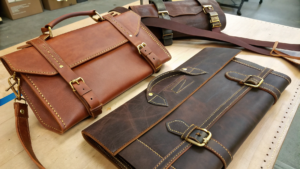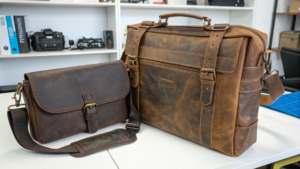What is the Best Fabric Material for Cotton Canvas Tote Bags?
Are you searching for the perfect tote bag? The fabric makes all the difference. It is about more than just strength.
The best fabric material for cotton canvas tote bags depends on the bag's purpose, brand values, and user needs, with common choices including 100% cotton canvas, organic cotton canvas, and cotton-polyester blends, each offering unique benefits in terms of durability, sustainability, and cost.
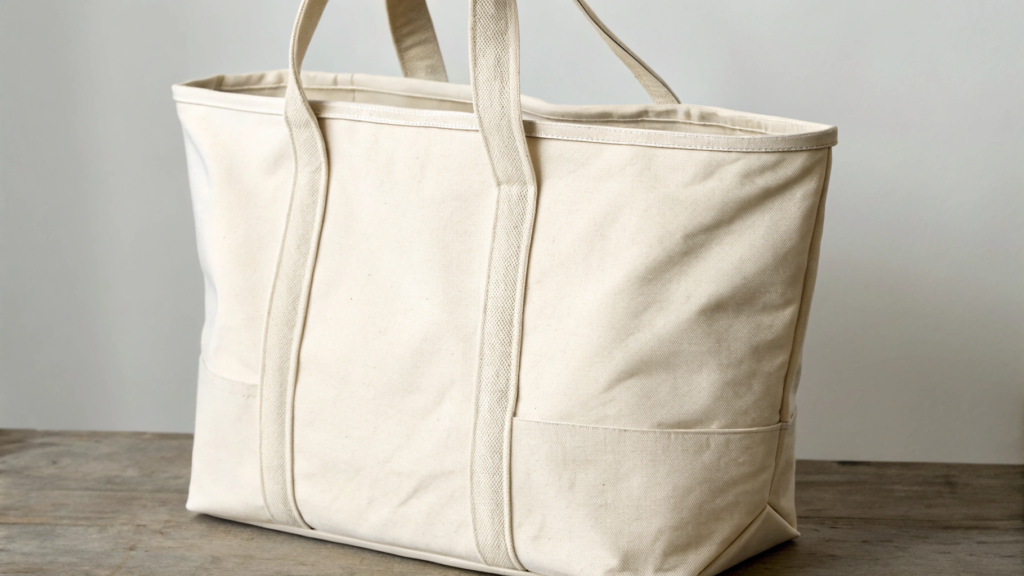
When people ask me about the best fabric for cotton canvas tote bags, I know they are looking for something strong and eco-friendly. But I always tell them the real answer goes deeper. It is about how the fabric matches the bag's purpose and the brand's values.
What Material Are Canvas Tote Bags Made Of?
Have you ever wondered what makes a canvas tote bag so sturdy? It is all about the material and how it is woven.
Canvas tote bags are primarily made from cotton canvas, a durable plain-woven fabric. They can also be made from organic cotton, cotton-polyester blends, or recycled materials1, each offering different levels of strength, texture, and environmental impact.
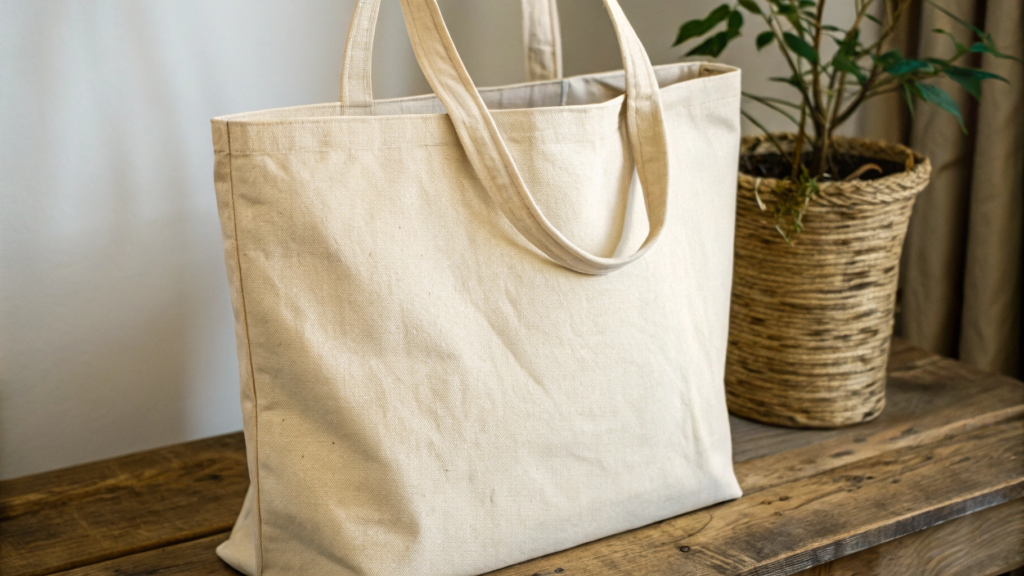
I have seen countless rolls of fabric in my career, from my days in the printing factory to establishing Latitude. Traditional 100% cotton canvas is the industry standard for tote bags. It is rugged and holds its shape well. This is especially true for weights between 10oz and 16oz. It is also biodegradable, which aligns with eco-conscious branding. But "best" does not mean "one-size-fits-all."
Understanding Canvas Fabrics
Canvas, as a material for tote bags, offers different options. Each option provides distinct advantages based on its composition and weave, influencing the bag's final characteristics.
| Material Type | Description | Common Weights (oz) | Key Characteristics | Ideal Use Case |
|---|---|---|---|---|
| 100% Cotton Canvas | Plain-woven cotton, strong and durable. | 10oz, 12oz, 16oz | Breathable, soft feel, robust, biodegradable. | Everyday shopping, promotional bags, general utility. |
| Organic Cotton Canvas | Cotton grown without synthetic pesticides or fertilizers. | 10oz, 12oz, 16oz | Eco-friendly, soft, often GOTS certified, ethical. | Sustainable brands, eco-conscious consumers, premium gifts. |
| Cotton-Polyester Blend | Mix of natural cotton and synthetic polyester fibers. | 8oz, 10oz, 12oz | Wrinkle-resistant, quick-drying, often more affordable. | Mass production, giveaway bags, event merchandise. |
| Recycled Cotton Canvas | Made from pre- or post-consumer cotton waste. | Varied | Sustainable, reduces waste, unique texture. | Eco-friendly initiatives, casual fashion. |
| Recycled PET Canvas | Made from recycled plastic bottles (polyester). | Varied | Highly durable, water-resistant, very sustainable. | Outdoor bags, tech-related promotions, modern brands. |
In some cases, organic cotton canvas2 is the superior choice. This is not because it is stronger. It is because it shows a deeper ethical commitment. For businesses like Jacky's, who want to be seen as sustainable, that sourcing story matters as much as the final stitch.
Is 100% Cotton Good for Tote Bags?
Are you wondering if pure cotton is the best choice for your tote bag? Many people believe it is the gold standard.
Yes, 100% cotton is generally a very good material for tote bags due to its durability, breathability, natural feel, and biodegradability. It offers a classic look and robust structure, making it suitable for a wide range of uses, from daily errands to branding.
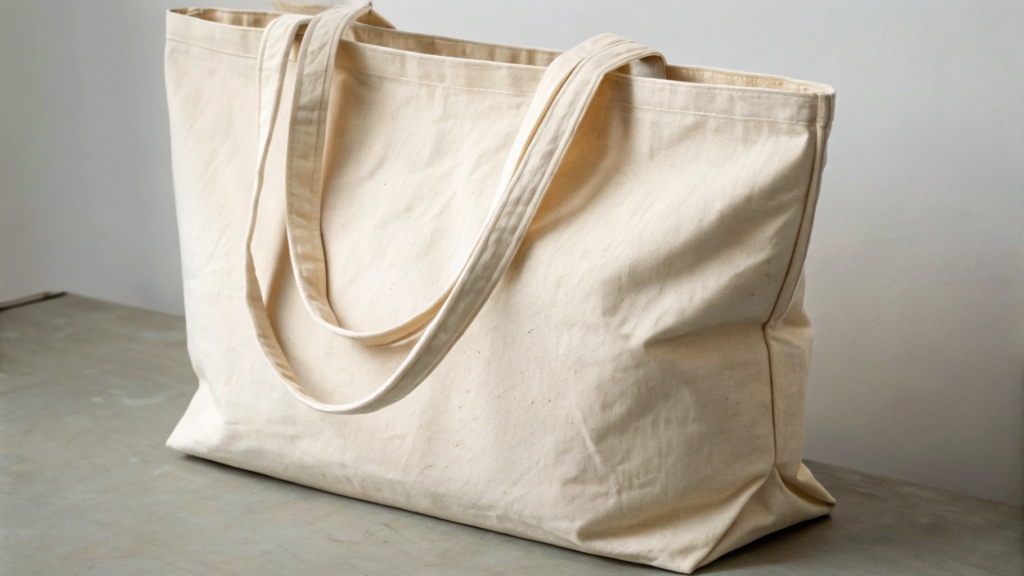
I have always found 100% cotton canvas3 to be incredibly reliable. It handles wear well. It also aligns with eco-conscious values. But "good" does not mean it is the only answer for every need.
The Benefits and Limitations of 100% Cotton
While 100% cotton offers many advantages, understanding its specific characteristics, including its limitations, helps in determining if it is truly the best fit for a particular tote bag application.
| Advantage | Description | Consideration | Best Suited For |
|---|---|---|---|
| Durability | Strong woven fibers resist tearing and abrasion. | Weight (oz) directly impacts strength; heavier is stronger. | Heavy-duty use, carrying books or groceries. |
| Breathability | Natural fibers allow air circulation. | Prevents moisture buildup inside the bag. | Everyday use, warm climates, carrying produce. |
| Natural Feel & Look | Soft texture, classic matte finish. | Can wrinkle if not stored properly. | Casual fashion, promotional items with a natural aesthetic. |
| Printability | Excellent surface for screen printing and embroidery. | Colors can fade over time with sun exposure or washing. | Branded merchandise, artistic designs. |
| Biodegradability | Decomposes naturally at end-of-life. | Only truly biodegradable if not treated with synthetic dyes. | Eco-friendly branding, sustainable product lines. |
| Absorbency | Readily absorbs moisture. | Can stain easily if liquids spill inside. | Not ideal for carrying wet items without a lining. |
| Shrinkage | Cotton can shrink if washed in hot water or tumble dried. | Pre-shrunk cotton or cold wash recommended. | General use where slight shrinkage is acceptable. |
This is where the deeper insight lies: The best material is not just technical. It is strategic. A brand making high-end lifestyle totes for conscious consumers should choose thick, GOTS-certified organic cotton. But a company needing branded totes for events may prefer a lighter, recycled cotton-poly blend. This choice reduces cost and carbon footprint.
What is the Most Expensive Bag Material?
Are you curious about the priciest materials used for bags? While we are talking about totes, it is interesting to know what materials command top dollar.
The most expensive bag materials are typically exotic leathers like crocodile, alligator, and ostrich, or luxury fabrics like rare silks and certain high-tech synthetic composites. These materials are chosen for their rarity, unique texture, durability, and the prestige they impart to high-end fashion goods.
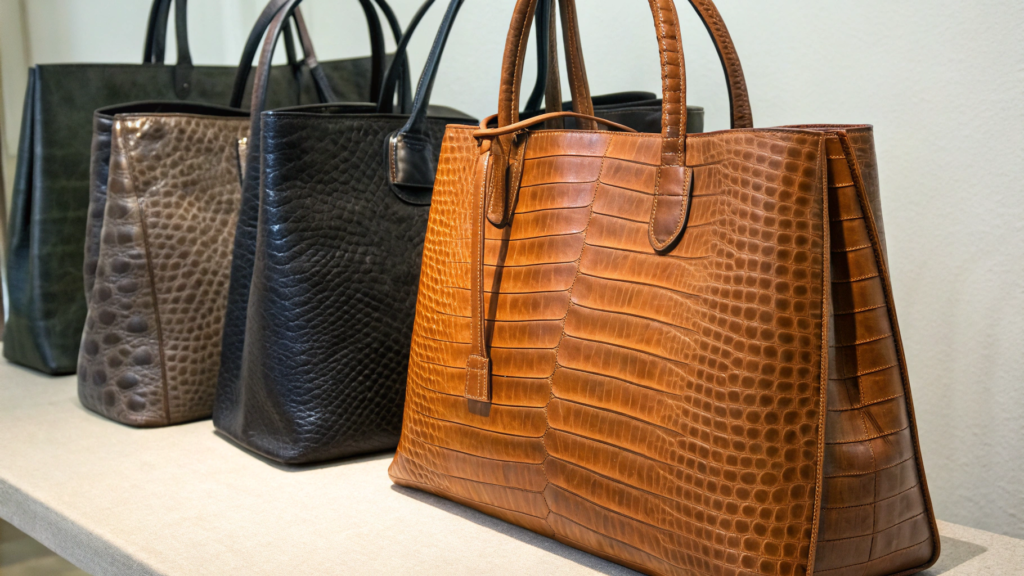
In my line of work, dealing with corporate gifts, I rarely encounter crocodile leather. But understanding the spectrum of materials helps put cotton canvas in perspective. It is about matching the material to the mission.
Factors Influencing Material Cost Beyond Canvas
The cost of bag materials extends far beyond the realm of cotton canvas, driven by factors such as sourcing rarity, processing complexity, brand association, and demand in the luxury market.
| Material Type | Primary Cost Driver | Typical Bag Application | Why It's Expensive |
|---|---|---|---|
| Exotic Leathers | Rarity, difficulty in sourcing and tanning, unique patterns. | Luxury handbags, briefcases, high-end accessories. | Limited supply, intricate processing, high demand in luxury. |
| Rare Silks | Delicate weaving, intricate patterns, natural fiber sourcing. | High-fashion clutches, evening bags, designer linings. | Complex production, fine texture, historical luxury association. |
| Precious Metals | Used for hardware (clasps, chains, logos). | Embellishments on luxury bags. | Intrinsic value of gold, platinum, or palladium. |
| Sustainable Tech Fabrics | Innovative research and development, ethical sourcing. | Performance bags, eco-luxury goods. | Cutting-edge technology, eco-certifications, limited production. |
| Artisan Craftsmanship | Labor-intensive handwork, specialized skills. | Bespoke bags, limited edition pieces. | Human expertise, time, and precision involved. |
The best fabric for canvas tote bags is the one that serves both the function and the intention. If your mission is to support sustainability, use GOTS-certified organic canvas. If it is about affordability and scale, choose blended canvas. This blend still looks and feels natural. If your users prioritize strength, stick with heavyweight cotton. In a market where the tote bag is a message, the material is your first handshake with your customer’s values.
Conclusion
The best canvas tote bag fabric aligns with its purpose and values. While 100% cotton is a strong standard, sustainable or blended options offer versatility and impact.
-
Learn about the environmental impact and advantages of using recycled materials in tote bags, promoting sustainability. ↩
-
Discover why organic cotton canvas is favored for its sustainability and ethical sourcing, making it ideal for eco-conscious brands. ↩
-
Explore the advantages of cotton canvas, a popular choice for tote bags, known for its durability and eco-friendliness. ↩



